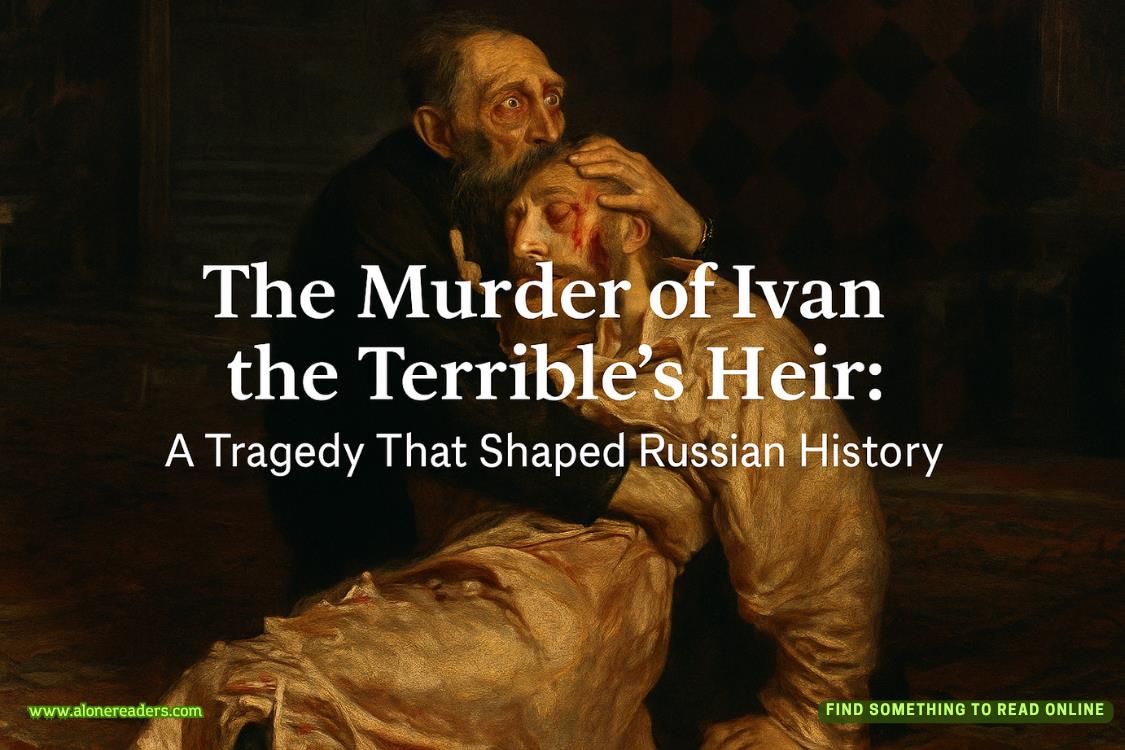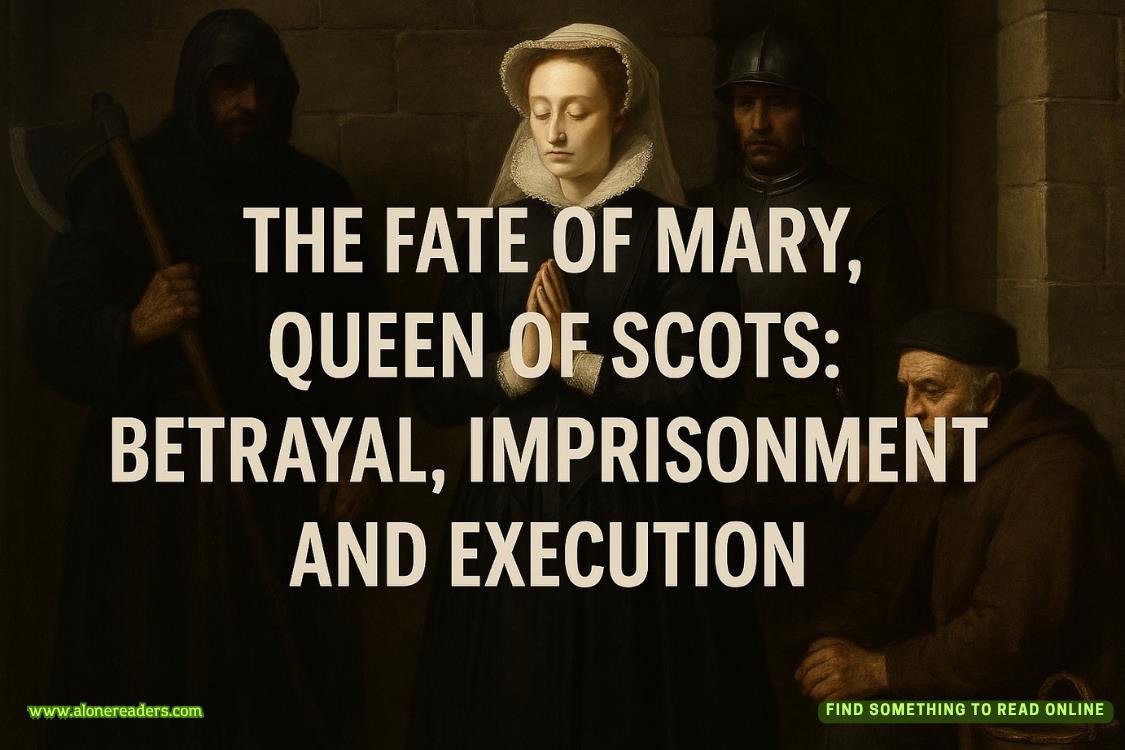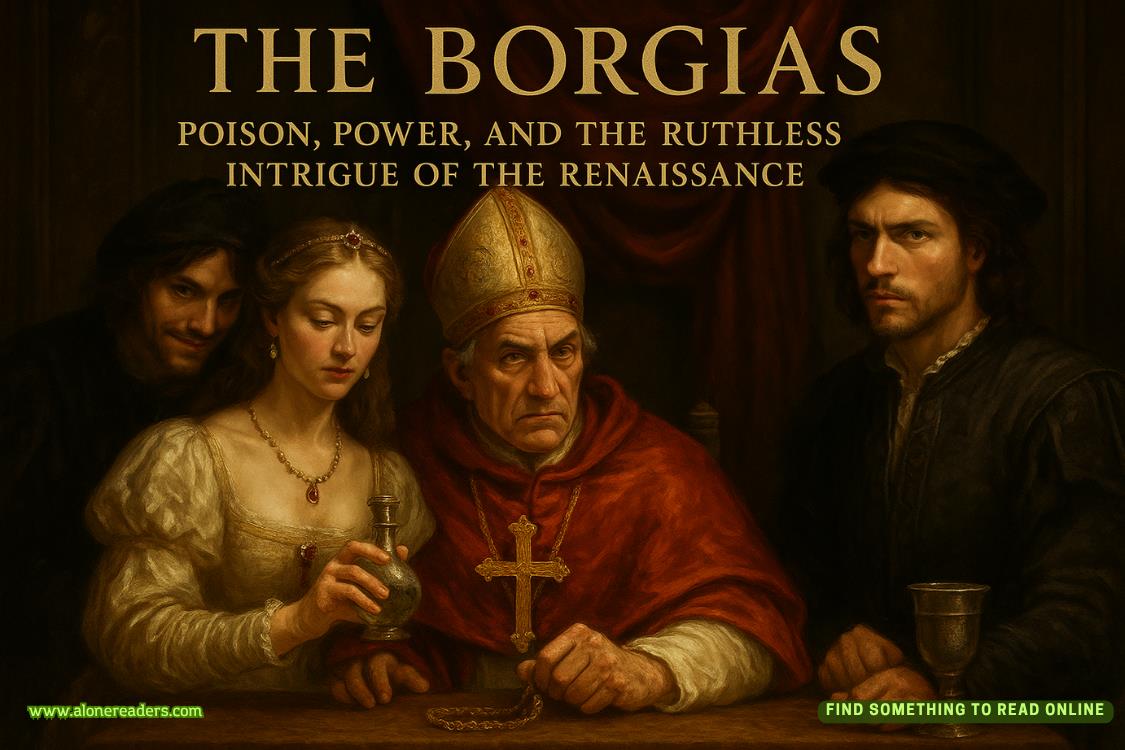Page 87 of By the Time You Read This
“Delaney leaving convinced you?” Raisa asked, almost surprised. Maybe she was just more familiar with Delaney’s paranoia. “She had a go-bag ready; she was able to leave the apartment within five minutes. I think she’s guilty of something, but that? She’s just like a deer—she catches scent ofsomethingand goes intoget the hell out of heremode no matter the level of danger she’s in.”
“That’s quite an analogy,” St. Ivany said. “Still on?”
Raisa glanced down. The ferry was halfway across the sound. Delaney hadn’t found the tracker, and it was likely she would drop her phone at any second.
“I think we’re good.”
They both sank back into their seats as some of the tension bled out of the air.
“That was smart thinking,” St. Ivany admitted.
“I’m just glad you had one,” Raisa said. They could have figured out some way to keep eyes on Delaney, but it would have been so much more difficult.
“So, what’s the plan?” St. Ivany asked.
Raisa eyed her and tried to be objective. In her white blazer and with her pretty hair, she didn’t read as a cop. “You go talk to her? Wherever she lands?”
“What’s the goal with that?” St. Ivany asked. “Do we really want to scare her further?”
They were out of the city now, and Delaney was inching closer to the peninsula. “Delaney is smart, but if she’s spooked, she might make an unforced error. We want to keep her unbalanced and anxious.”
St. Ivany nodded and then pulled into the parking lot of the next fast-food restaurant.
When she fully braked, she turned to look at Raisa. “You still don’t think she killed Emily?”
Raisa hesitated, and St. Ivany pounced.
“You’ve changed your mind,” she said.
“No.” Raisa dragged out the denial. “I think if she was angry enough at Isabel for putting her into a bad situation, she might have taken it out on a protégé who was killing people.”
“And that protégé might have been Emily?”
Raisa shrugged. “It’s a theory. She demonstrated poor coping skills by posting the nudes in her boyfriend’s phone. It could indicate she had a broader personality disorder.”
St. Ivany shook her head. “What a way to have to live.”
“What do you mean?”
“I never wondered what it would be like to have a psychopathic serial killer as a sibling, but it sounds exhausting,” St. Ivany drawled.
Raisa stared at her for a long time, until a laugh escaped. Once she started, she couldn’t stop it. St. Ivany joined her—probably because laughter was contagious, not because anything was that funny.
“You have no fucking idea,” Raisa said when she’d finally gotten herself back under control.
St. Ivany was about to say something, but before she could, Raisa held up the phone.
Right now, nothing else mattered.
Delaney was on the move.
Excerpt fromA for Anonymous to V for Vendetta: How Modern Perceptions of Vigilantism are Shaped by Media
By Martha Hayden
Modern media can oftentimes portray vigilantes as righteous, brave and admirable. Charles Dickens’s Madame Thérèse Defarge and her revolutionary mob; Zorro (and, consequently, Puss in Boots) and his sword; even Batman and his cape and traumatic personal history. These are figures we admire, who exemplify all that is right in the world: justice free from bureaucratic red tape and police corruption.
In reality, those who adopt a vigilante identity tend to exhibit antisocial personalities that are harmful for their communities. Research conducted by Karl Aquino, of the University of British Columbia, has found that communal narcissism is a common trait in those found to have adopted a vigilante identity. Communal narcissists and narcissists share similar traits, such as entitlement, power-seeking behavior, grandiosity, etc., but those traits are exhibited in relation to their standing in the community. This sense of superiority leads them to believe they have a moral imperative—above everyone else—to dole out moral justice. Because of that, they can be easily motivated by admiration they receive for their actions, rather than any real concern for the welfare of others.















